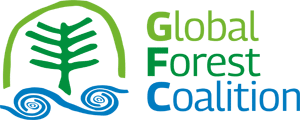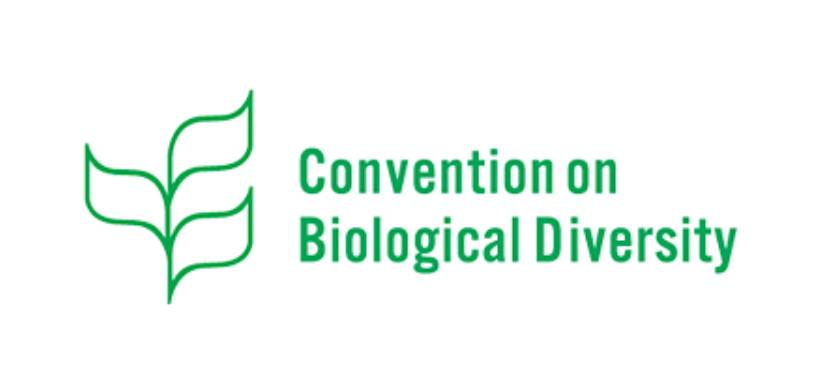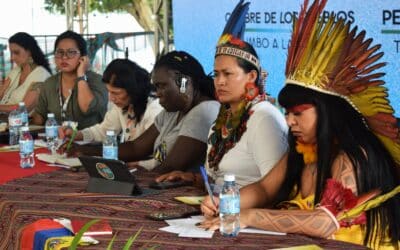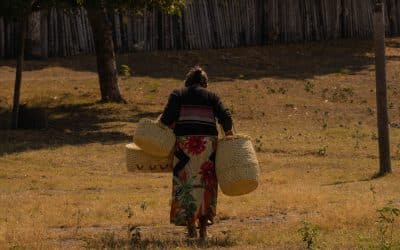By Valentina Figuera Martínez, Global Forest Coalition (GFC)*
One key point of contention in the resource mobilization discussions at the fourth meeting of the Subsidiary Body of Implementation (SBI-4) of the Convention of Biological Diversity (CBD) is whether to work with existing structures under the Global Environment Facility (GEF) and the Global Biodiversity Framework Fund or create a dedicated financial mechanism. Nevertheless, direct access to funds for women, Indigenous Peoples, youth, local and Afro-descendant communities on the ground was overlooked, with only a few parties urging this, including Mexico and Colombia.
Communities are aware that these large financing projects exist, but there is no change in the environmental reality in the landscape, nor resources that can positively impact the life of the communities, their rights or address the environmental crisis.
CBD constituencies called for dedicated biodiversity funds to support actions of communities on the ground, as well as the delivery of the GEF’s “aspirational” portfolio-level target to allocate 20% of shares to finance actions by Indigenous Peoples and local communities for the conservation, restoration, sustainable use and management of biodiversity. Women, especially from IP&LCs, must be included in those shares.
Rightsholders on the ground, particularly women’s groups, are not yet seeing any benefits. The existing financial mechanisms often implement controversial projects, with high risks and lack of free prior and informed consent. Furthermore, frontline communities in developing countries, especially women in all their diversity, have little or no access to these funds.
Contrasting realities
The important roles and contributions of women, Indigenous Peoples, local communities, and youth for the implementation of the Global Biodiversity Framework (GBF) need to be recognised with adequate mechanisms, and without intermediaries, plus effective, timely and feasible access to biodiversity finance.
“There are many barriers for women to have access to these funds and financial instruments, starting with access to information and technological means to obtain these resources. This scenario is particularly severe in Indigenous communities, due to the characteristics of living in historically unequal territories”, explained Camila Romero, of Colectivo VientoSur, an organization working with Mapuche Indigenous communities in southern Chile, in a GFC podcast.
Despite best efforts, support for genuine community-led projects aimed at ensuring human rights-based and gender-responsive approaches to biodiversity conservation is still limited. The Global North needs to recognize its historic responsibility in perpetuating inequalities and the failure to provide financial resources, but parties from the Global South also need to ensure that frontline communities can have culturally appropriate, equitable access to financial resources, without intermediaries.
“In the Colombian Amazon, where large funds, multilateral or bilateral investment programs are focused at the moment, communities are aware that these large financing projects exist, but there is no change in the environmental reality in the landscape, nor resources that can positively impact the life of the communities, their rights or address the environmental crisis. Rather, there are complaints and reports on how these resources arrive in the country and somehow remain in offices in the capital, Bogotá, but don’t reach communities,” complained Diego Cardona, a forest and biodiversity expert who has worked with Colombia’s Censat Agua Viva and the World Rainforest Movement.
*A shorter version of this article was originally published in the CBD Alliance’s ECO Issue #4- SBI-4.




